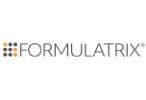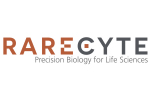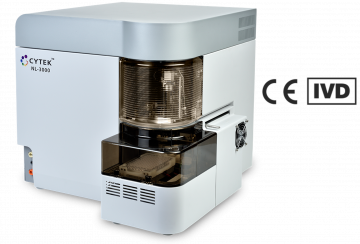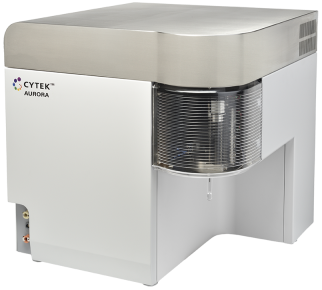Dr Musil team, at UHKT in Prague, designed a semi-split vaccine prototype consisting of S protein-depleted viral particles and free S protein. Next, they investigated its immunogenic potential in BALB/c mice. The animals were immunized intradermally or intramuscularly with the dose adjusted with buffer or addition of aluminum hydroxide, respectively. The antibody response was evaluated by plasma analysis at 7 days after the first or second dose. The immune cell response was studied with Cytek Aurora spectral flow cytometer through analysis of splenocytes. The data showed a very early onset of both S protein-specific antibodies and virus-neutralizing antibodies at 90% inhibition regardless of the route of vaccine administration. However, significantly higher levels of neutralizing antibodies were detected in the intradermally (geometric mean titer - GMT of 7.8 ± 1.4) than in the intramuscularly immunized mice (GMT of 6.2 ± 1.5). In accordance with this, stimulation of cellular immunity by the semi-split vaccine was suggested by elevated levels of B and T lymphocyte subpopulations in the murine spleens. These responses were more predominant in the intradermally immunized mice compared with the intramuscular route of administration. The upward trend in the levels of plasmablasts, memory B cells, Th1 and Th2 lymphocytes, including follicular helper T cells, was confirmed even in mice receiving the vaccine intradermally at a dose of 0.5 μg.
Read the full paper!













